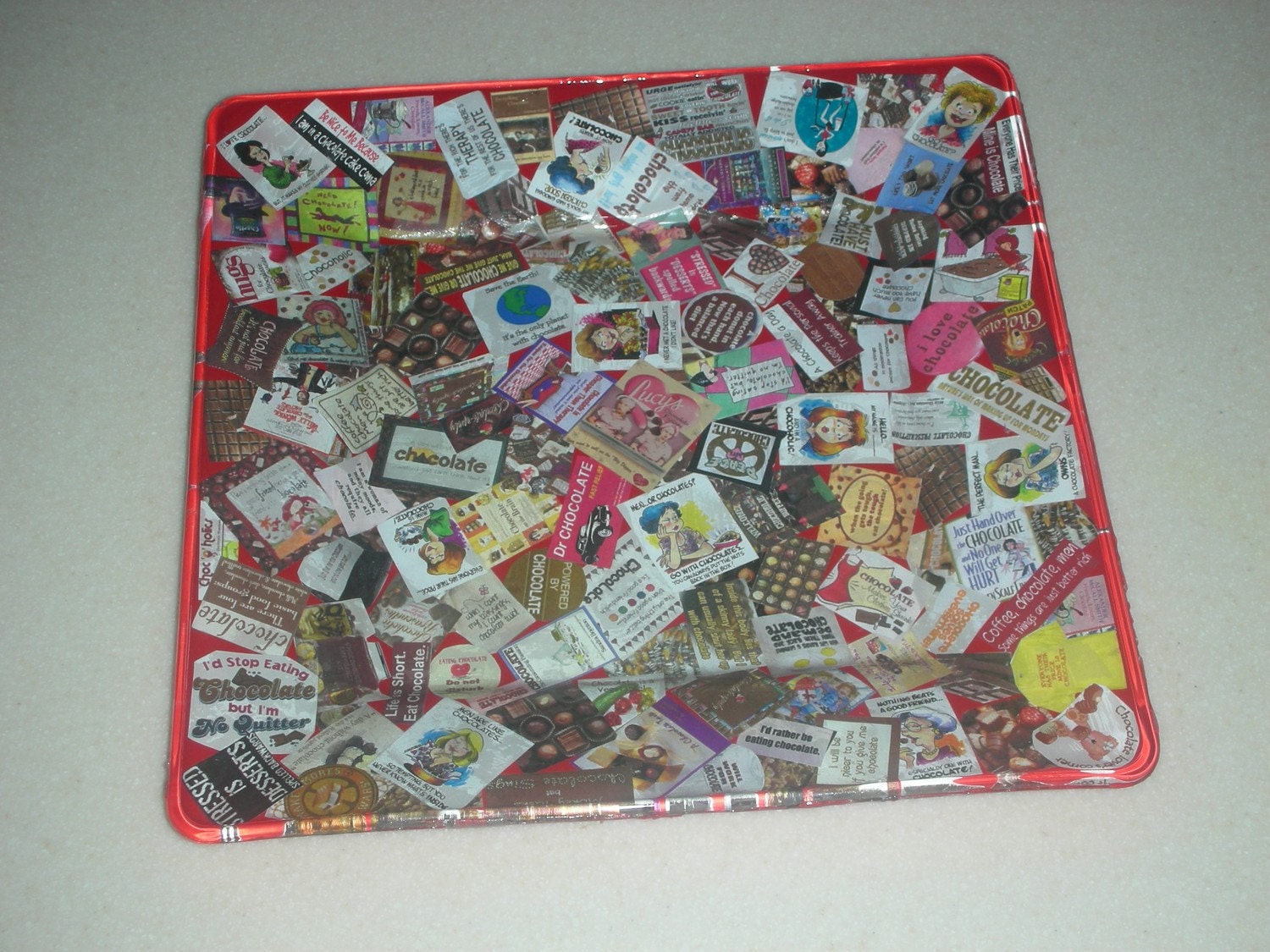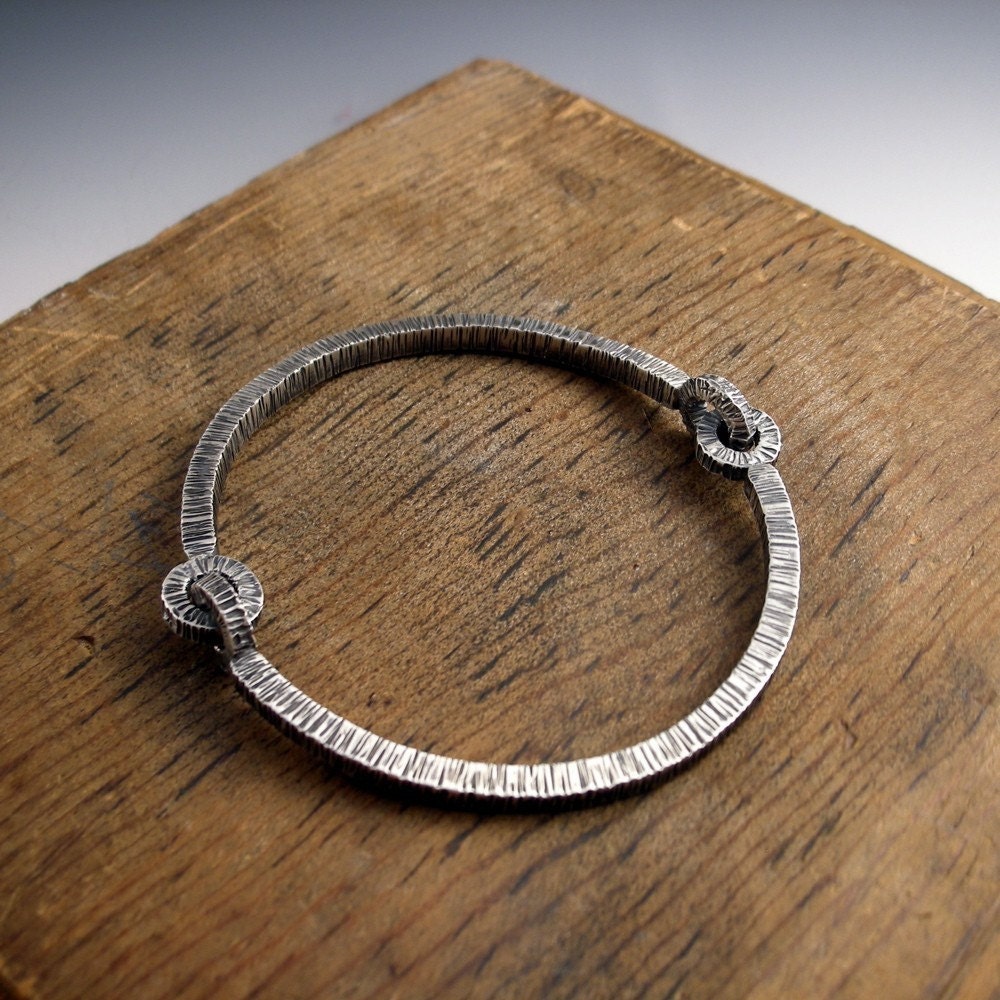As American Jews begin to pull out our potatoes and sour cream or applesauce, Jews whose heritage lies elsewhere might be pulling out completely different ingredients for the eight day holiday of Hanukkah. I’ve decided to offer a sampling of holiday treat ideas from around the world to help refresh our palates.
There are almost 40,000 Jews in Mexico, most of whom live in Mexico City. When their Hanukkah candles have been lit, they enjoy sipping special hot chocolate spiced with cinnamon and mixed with a special tool called a xocotl, creating a lovely froth over the drink.
Chocoholic Plate by Three Sisters Plates
Jews in Greece and Turkey often eat Bimuelos (or burmuelos) as their traditional Hanukkah treat. These are yeast-raised pastry puffs drenched in honey syrup or coated with confectioner's sugar.
Jews from the Near East, Middle East and North Africa eat fried rosettes called Zelebi or Zlabia. They're particularly popular among Yemenite Jews in Israel. Iraquis call them zangoola or zingzoola. Interestingly, an almost identical pastry, called jalebi, is popular in India. These are reputed to be an ancient pastry, with a mural in the tomb of Ramses III depicting their preparation. Here’s a video I found on You Tube also depicting their preparation:
South Africans enjoy eating Koeksisters, a pastry which resembles glistening, miniature challah breads.
The Bene-Israel in India, claiming to have lived in India for at least 2,000 years, enjoy a traditional Indian sweet called Gulab Jamun. This is a pastry containing nonfat dried milk, but resembling fruit drenched in syrup. It’s certainly one of my favorite Indian desserts on the menu at one of our local Indian restaurants!
Mark Kaplan created this bhuj flexibangle bracelet with a tool he brought back from Gujarat, India named "Bhuj".
Romanians are great fans of cornmeal so, of course, they incorporate this into their particular treat known as Malai, a type of corn bread. When served during Hanukkah, they would be made with water, broth, and fresh onions, and would be spread with schmaltz (rendered fat) from freshly slaughtered geese.
Russian and Polish Jews enjoy Kasha Varnishkes (buckwheat groats) on many holidays. I remember my grandmother making this for me with pasta bows and onions. I loved it so much that I now have a Standard Poodle with that name. This is him chewing on some doggie “kosher pigs”.
My next post will be about customs from other heritages. See you then!
This post by April Grunspan of AgruArts





1 comment:
lovely post =) Happy Holiday!
Post a Comment